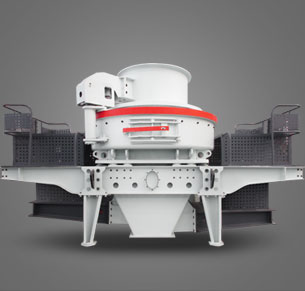Vertical cement mills (also known as vertical roller mills or VRMs) offer several advantages over traditional ball mills in cement grinding. Here are the key benefits:
1. Higher Grinding Efficiency
– Vertical mills use a roller and table system to crush and grind materials, which is more energy-efficient than ball mills (which rely on steel balls tumbling in a drum).
– Lower power consumption (typically 30-50% less than ball mills) due to efficient grinding mechanics.
2. Better Particle Size Distribution & Fineness Control
– VRMs provide a more uniform particle size distribution, improving cement quality.
– Adjustable grinding pressure and speed allow precise control over fineness (Blaine value).
3. Compact Design & Space Savings
– Vertical mills have a smaller footprint compared to ball mills, reducing plant space requirements.
– They can be installed indoors or outdoors, offering flexibility in plant layout.
4. Lower Maintenance & Longer Lifespan
– Fewer moving parts than ball mills, leading to reduced wear and maintenance costs.
– Rollers and tables can be refurbished or replaced individually, minimizing downtime.
5. Drying Capability for Raw Materials
– VRMs can handle moist feed materials (up to 15-20% moisture) without needing a separate dryer, making them ideal for blended cements and slag grinding.
.jpg) 6. Reduced Noise & Vibration
6. Reduced Noise & Vibration
– Vertical mills operate more quietly than ball mills, improving the working environment.
7. Faster Start-Up & Shutdown Times
– Unlike ball mills, which require gradual cooling/heating to avoid thermal stress, VRMs can start and stop quickly.
 8. Lower Operating Costs
8. Lower Operating Costs
– Due to reduced power consumption, lower maintenance, and longer service intervals, vertical mills offer significant cost savings over time.
9. Environmentally Friendly Operation
– Lower energy consumption reduces CO₂ emissions per ton of cement produced.
– Some VRMs can incorporate waste heat recovery systems for further efficiency gains.
10. Flexibility in Grinding Different Materials
– Suitable for clinker, slag, fly ash, pozzolan, limestone, and other additives used in modern cement blends.
Conclusion:
Vertical cement mills are increasingly preferred in modern cement plants due to their energy efficiency, operational flexibility, and cost-effectiveness compared to traditional ball mills





Leave a Reply